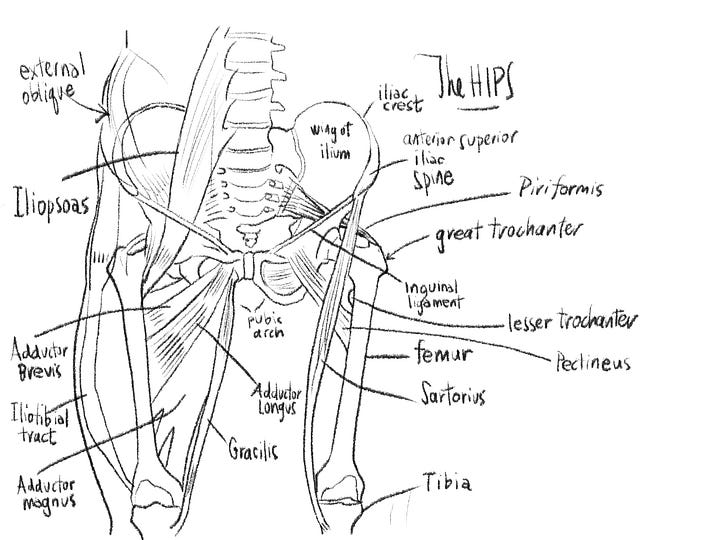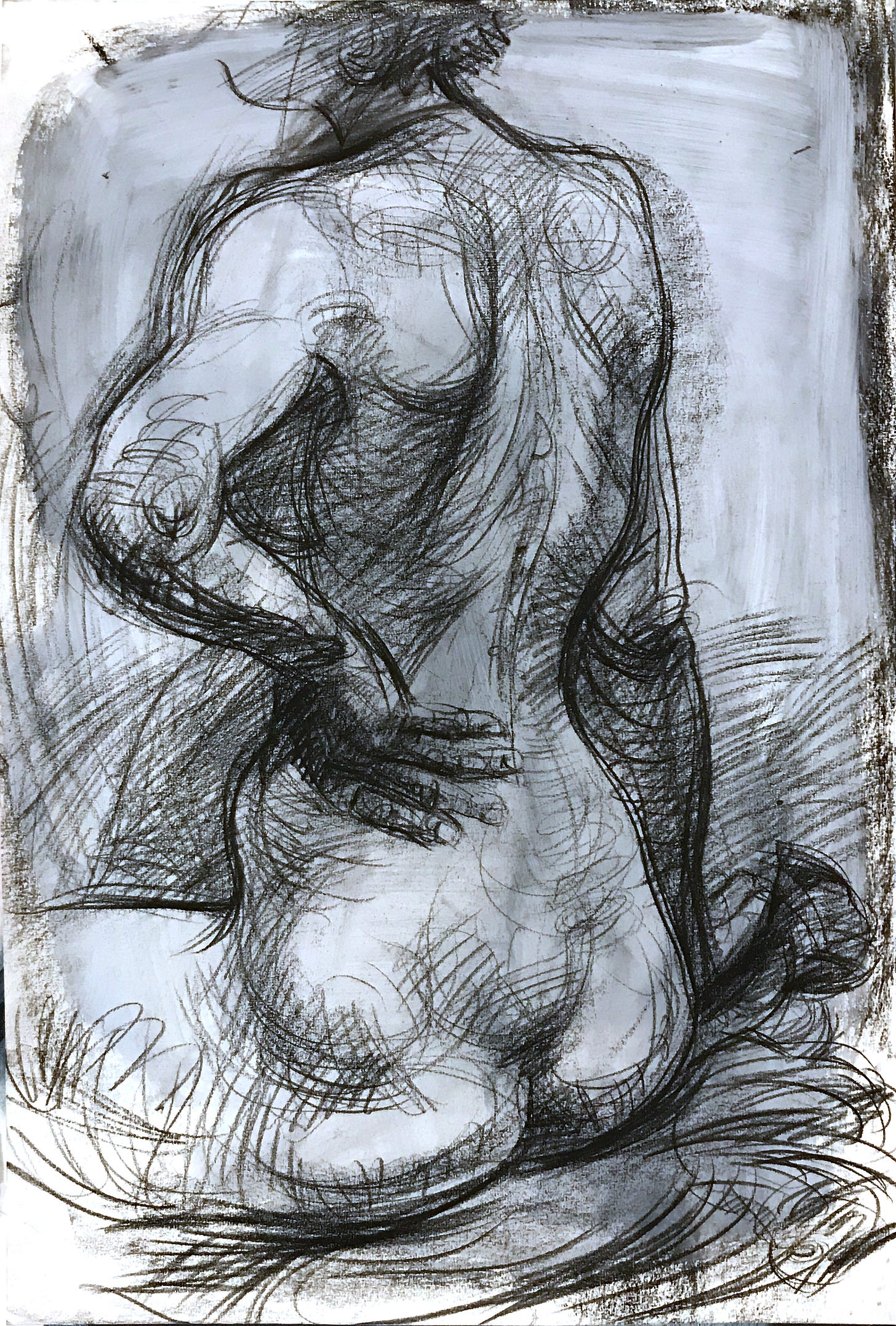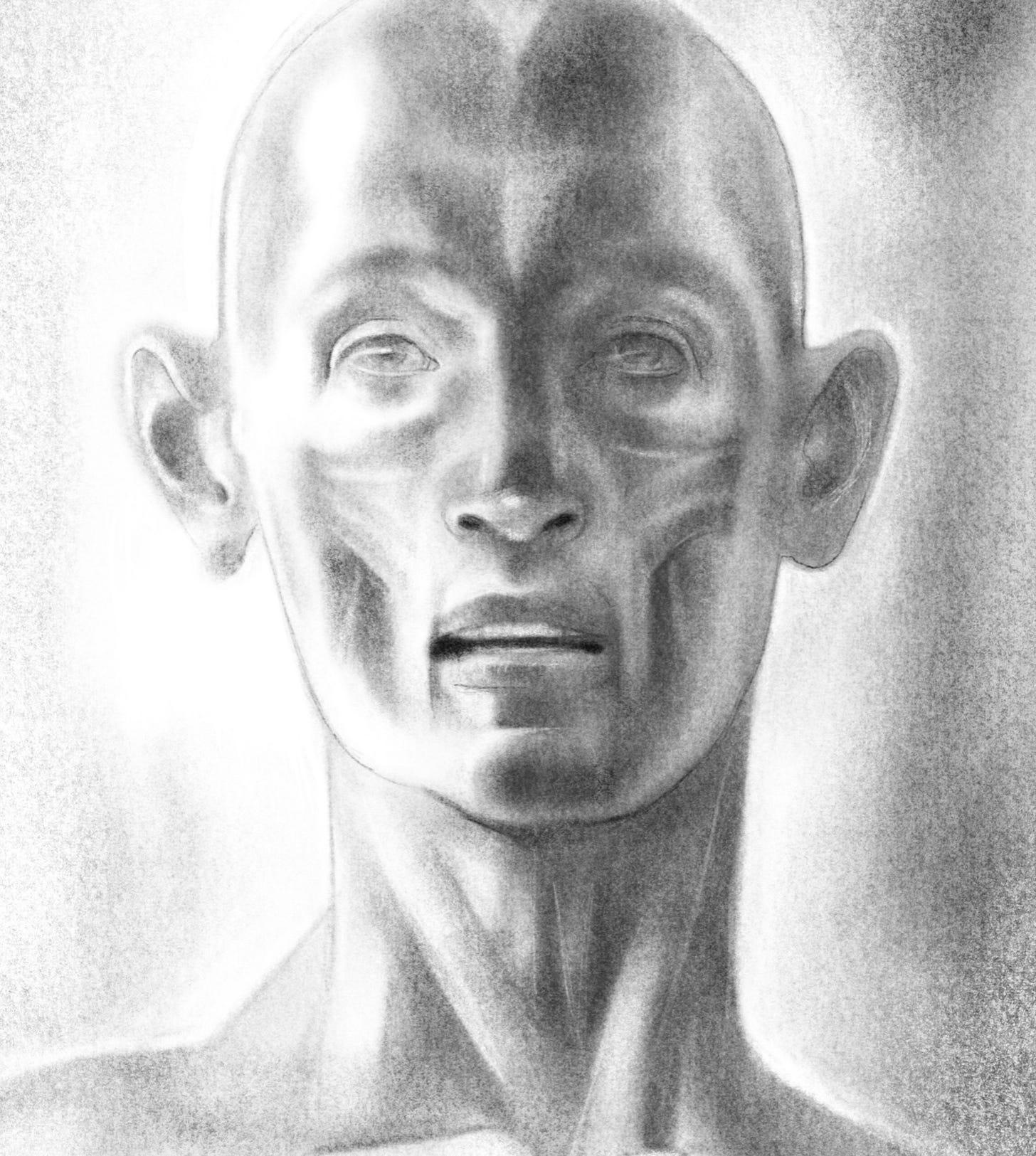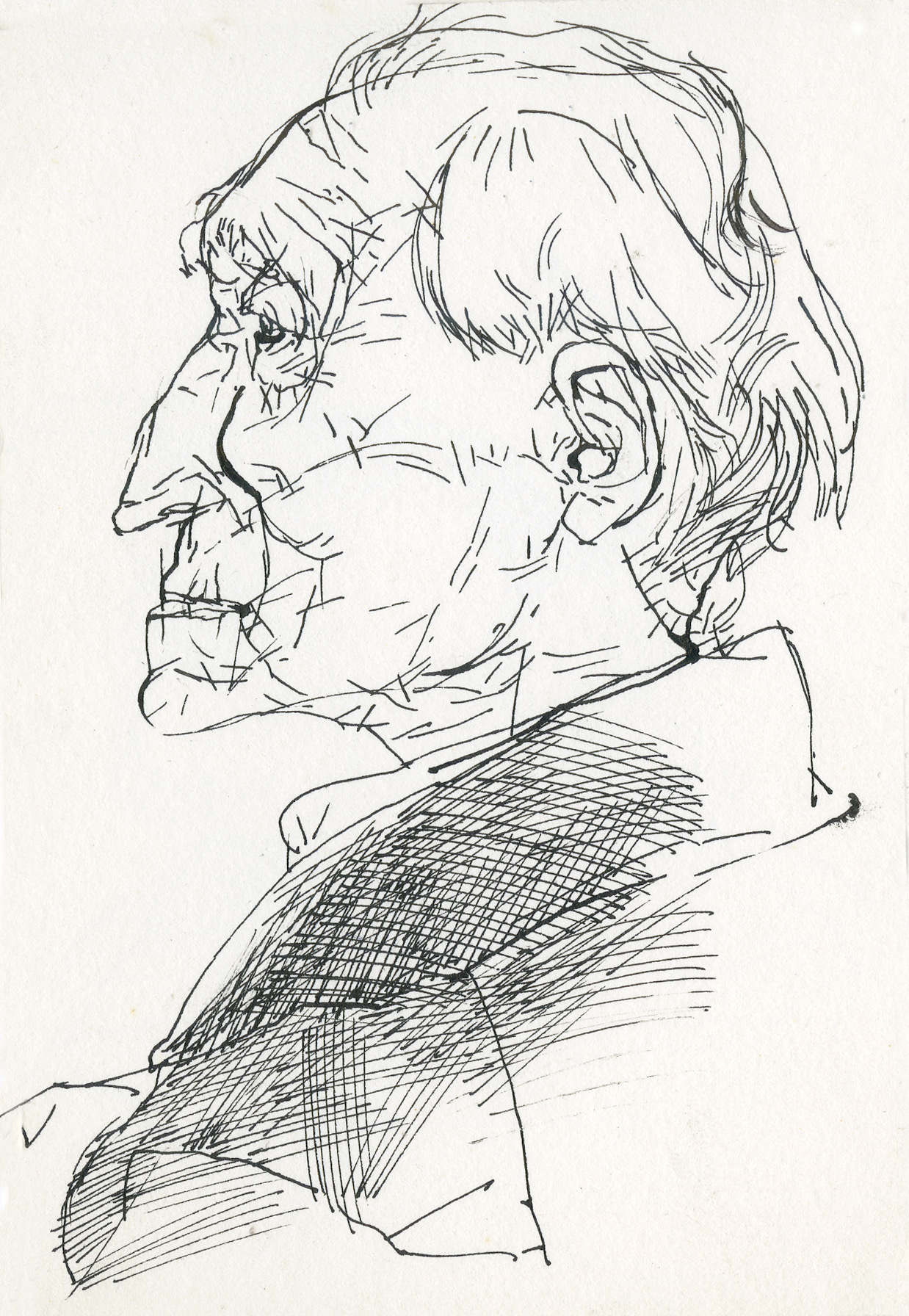What do you grasp onto when the ground shakes beneath you. The tangible, the real and the corporeal are within our grasp. So why do we insist that the invisible, the unseen and the imagined are so important to understanding what we see, why are they the crutch we must lean on?
Science has offered us so much more knowledge about the mystery of the unseen but how does the knowing inform the seeing? This is the question I ask about the study of anatomy in drawing. This is the perfect example of the cart before the horse. Just as we can’t read about swimming and ‘know’ how to swim, the study of anatomy can leave you flailing in the deep end.
We need to see and feel before we measure. The connected whole, the fictive forms of the body provides the artwork that the frame of anatomy encircles. It is not the other way round. Anatomy is the study of parts that are under the tarp of skin and impossible to see in their working wonder. Bone markers and olecranon are not the same as deep layers of muscles working in concert as we twist to embrace each other.
Knowledge is power? Not if we substitute information for a process of knowing. Curiosity, metaphor and storytelling don’t have to die on the examination table of science. Knowing does not lead to mastery, it leads to certainty and the reliance on technique and methods that kill inquiry and searching. The alternative is not to live in some blissful ignorance, that’s what your teen years are for, it’s to build your experience of the world so that knowledge opens up your mind rather than closing down your perspective.
One of the weirdest experiences I have had teaching drawing was a student who was standing at their easel with a life model infront of them and their head down looking at a book clutched in their hands. It was the life drawing porn extraordinaire of Dynamic Anatomy by Burne Hogarth. Please God don’t go looking for this, it is a terrible book and the perfect example of what not to do in drawing. Here was a student standing infront of life, an actual body to see and draw, but tethered like Neo in the Matrix to a world of coercive fiction. Drawing is being present and questioning, exploring and finding yourself. We lose its power and value when we ground it in the snake oil quick fixes of the Andrew Loomis methods and anatomy doesn’t offer us a hand out of this mire.


The incredible anatomy and beauty of the living skeleton and the wonder of the radius and ulna as we turn our palms upward and downward are not things we should ignore. But first, we need to have an experience with drawing the body that sees it as whole and connected and not as car parts. There is a profound need to draw the nude, not only because of the empathy and identification we all share as people, but the experience of the uninterrupted sweep of forms that combine to help us see another as they stand and swivel and dance. Go figure the most difficult area to draw, the Bermuda Triangle of drawing, where so many drawings are lost, is the navel to the knees and the parts so many authorities demand we cover.
I hope if you do draw or have never tried it that this Holiday you can put pen or pencil to paper. I have started another sketchbook that began in Brooklyn, visiting my daughter in October. A recent conversation between John Vervaeke and Ian McGilchrist on meaning (link here) resonated for me and the practice of drawing. McGilchrist talked about seeking meaning in our lives and “being pulled towards, rather being pushed from behind…”. I am drawn to draw presently and look forward to the pleasure of the practice, rather than drawing everyday to increase my drawing muscles. Make drawing a part of your daily joy and leave exercise to the gym.
Happy Holidays to you and yours!








